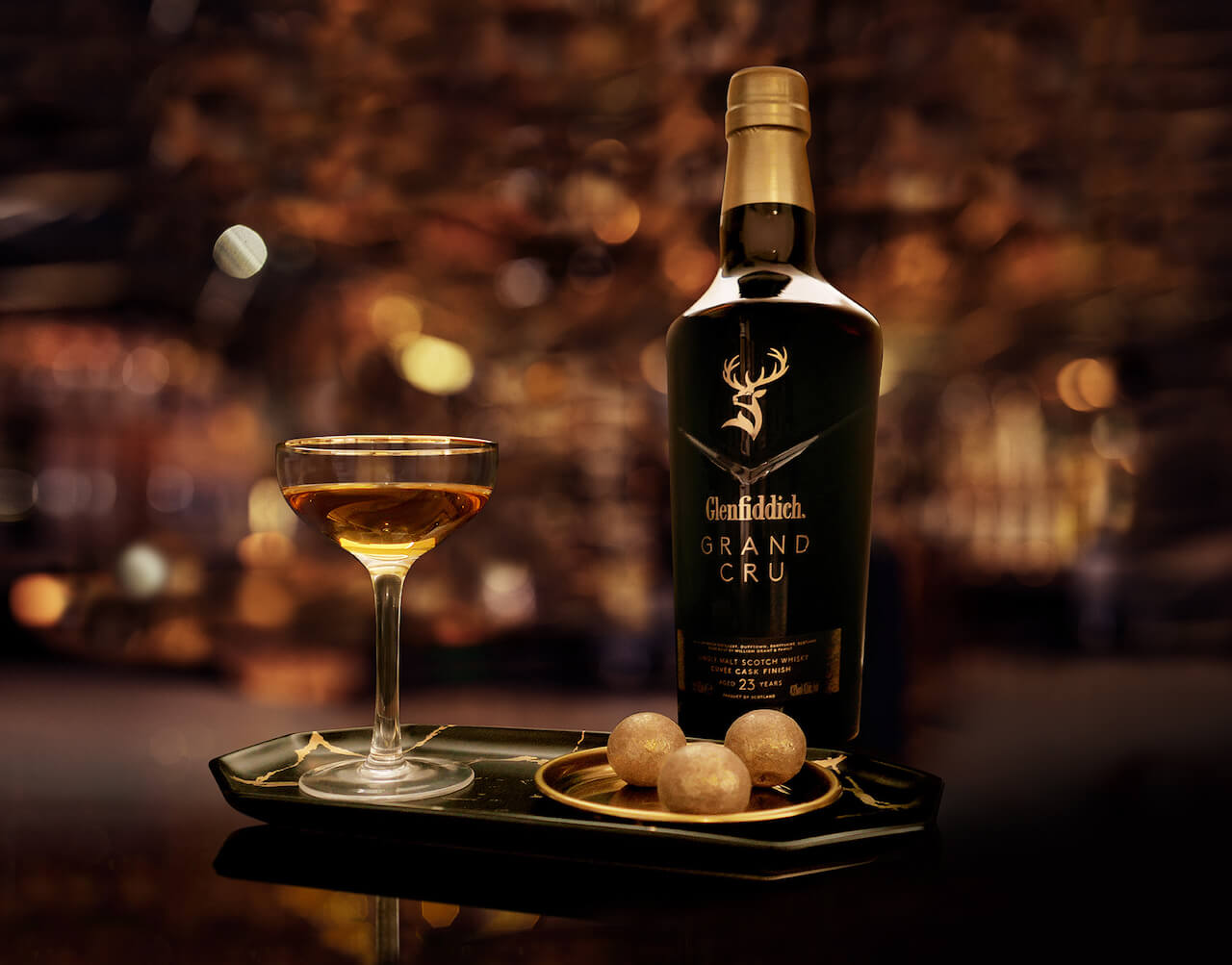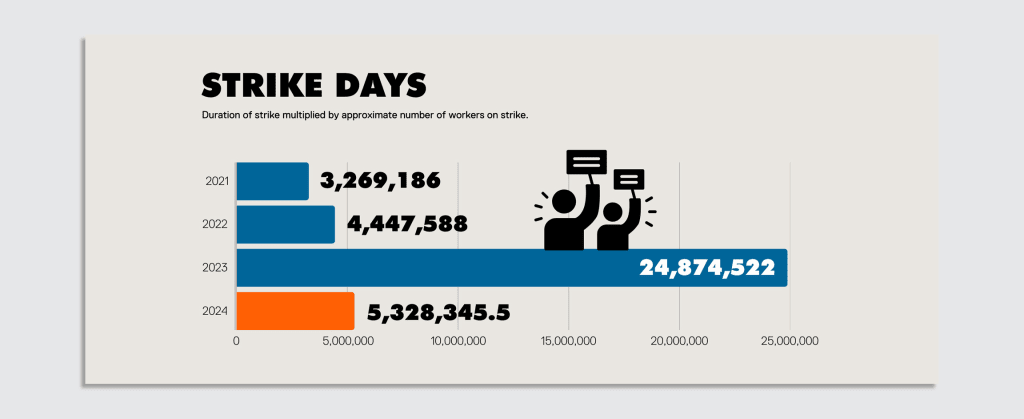After two years of record sales, the problem with champagne right now is that prices keep popping. Sales are expected to reach around 314 million bottles in 2023, a drop of 3.5% from the prior year, according to a...
After two years of record sales, the problem with champagne right now is that prices keep popping.
Sales are expected to reach around 314 million bottles in 2023, a drop of 3.5% from the prior year, according to a projection by trade group Comité Champagne. “Prices have gone crazy,” says Laurence Alamanos, global export director for champagne house Ayala. “It is kind of hard for our daily consumer to follow.”
Champagne houses say that the rising costs of grapes, shipping, and energy are a factor. But price gains have outpaced inflation, and because champagne is already a premium-priced category, the recent hikes have gotten a bit too aggressive, resulting in a dip in volume.
All eyes are on demand during the holidays, with as much as 50% of champagne sales booked in the last four months of the year. The industry’s performance was solid in November, says Cyril Delarue, business development director of Bollinger. “December is a big question mark,” he adds. “Next year is going to be challenging.”
Uncorked in lockdown
In the decade before the COVID pandemic, champagne sales had experienced a slow and steady decline. Shipments slumped 18% in 2020, but rebounded sharply the next two years, as drinkers were looking for something—anything—to celebrate. There were also small harvests for the two years coinciding with the pandemic, resulting in some product shortages just as demand spiked.
“Some brands clearly took advantage of it,” says Delarue. Bollinger was more reasonable, but to maintain the premium price it commands over rivals, it too had to react to the market.
Choppy economic indicators mirror what champagne is experiencing. Premium-priced vintage champagnes, which are made from grapes from one single year, still sell strongly to the wealthy. “For the high-end category, people are fighting to have champagne coming from a specific cuvée or a specific village,” says Alamanos.
This aligns with the rising wealth among the world’s millionaires and billionaires and as U.S. stocks hit fresh all-time highs. Non-vintage champagne sales are slipping, falling along with broader economic indicators like the dip seen in U.S. consumer confidence. Rivals like prosecco have chipped away at the champagne’s market share gains.
And yet, champagne makers have made moves worth toasting.
“The consumer wants more premium, high-end champagne,” says Delarue. “The knowledge of the champagne consumer is getting better and better. They want to know not just about the brand, but where the grapes are coming from, how do you make it, and what village it is from.”
In recent years, Bollinger’s PN series, which is made entirely from Pinot Noir, has been aimed at fine wine collectors. Priced at $120 per bottle, each new expression comes from a different village from Bollinger’s vineyards.
“We are a bit sad to see the go-go years of the last three post-COVID years slow down, but we are quite pleased with the position champagne has gained in the last years where it has moved from being not just a celebratory drink,” says Alexander Michas, CEO of New York-based wine importer Vintus.
When every day is a holiday
Champagne has historically been associated with major holidays and life events like New Year’s Eve or weddings. But brands have educated drinkers on new moments to enjoy champagne beyond conviviality, including pairing with food. Some champagne houses are also reducing their carbon footprint by creating lighter bottles or using recycled materials for gift box packaging.
“Consumers maybe are going to drink a little bit less, but they’re going to care more about what they’re drinking and they’ll be willing to pay more for something that they know is higher quality and aligns with the values that they have,” says Michas.
 Courtesy of Pernod Ricard
Courtesy of Pernod Ricard
“Perrier-Jouët and G.H. Mumm are consistently growing higher in demand,” says Kerri Owen, brand director of wines and champagnes at Pernod Ricard. The Perrier-Jouët Belle Epoque Cocoon, as an example, weighs 93% less than prior bottles and is made from natural materials like paper pulp. Pernod Ricard, Owen says, “strives to present champagne as a true fine wine, for traditional special occasions, while also serving all of the smaller moments.”
Drinkers are also gravitating toward champagnes that offer a fresher style, often with less sugar added. “People are interested in knowing what is going inside their body,” says Isiah Thomas, owner of Cheurlin Champagne. The NBA Hall of Famer says his champagnes add zero sugar and have kept prices below $50.
But the greatest selling point may always be champagne’s unique and festive history. “Great champagne, like great wine, is an incredible agricultural product,” says Michas. “That’s something to celebrate.”










